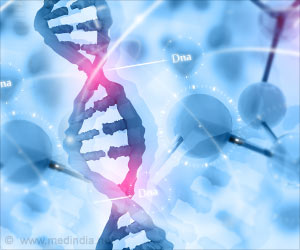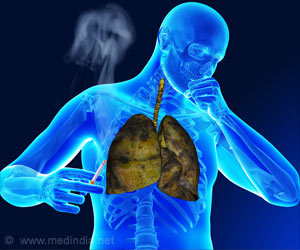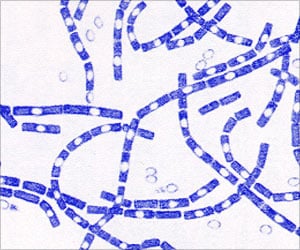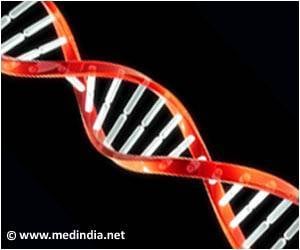The knowledge of cell wall biology in bacteria opens new avenues towards the development of taxon-specific antimicrobial strategies.

‘The knowledge of cell wall biology in bacteria opens new avenues towards the development of taxon-specific antimicrobial strategies and how they can become resistant to antibiotics.’





Despite this structure having been the focus of extensive investigations on the long-lasting battle against bacterial pathogens (i.e. bacteria that cause infectious diseases), there is currently little understanding of its natural variability and the consequences of such changes on the ability of bacteria to adapt and survive in a threatening environment. "This new study provides a powerful pipeline which permits rapid identification and boosts knowledge of cell wall biology in bacteria and opens new avenues towards the development of taxon-specific antimicrobial strategies," says infection biologist Felipe Cava who led the study at the Laboratory for Molecular Infection Medicine Sweden (MIMS) and the Department of Molecular Biology at Umeå University.
One objective of the research at the Cava Lab is to find new treatment methods against infectious disease and resistance to antibiotics. The study will be of great importance to address fundamental questions on bacterial adaptation to environmental challenges such as to the natural occurring poly-microbial environments as well as to the parasitic, commensal and symbiotic relations with other organisms.
In their recent publication, the researchers investigated the cell wall chemical diversity in the Alpha-subdivision of Proteobacteria, possibly the most abundant organisms in the world. This division includes the most common bacteria in surface water, as well as some plant, animal and human pathogens. The research resulted in finding unprecedented chemical modifications in the cell wall of certain bacteria which enabled them to adapt to their environmental niche.
"We identified a novel peptidoglycan structure displayed by acetic acid bacteria, which are very relevant microbes in the food industry. One of these modifications occur in the diaminopimelic acid, a highly conserved amino acid in the peptidoglycan cell wall of Gram-negative bacteria. In addition, these species have devised an original way of crosslinking their peptidoglycan mesh, which is different to what has been described for other bacteria so far," explains Felipe Cava.
Advertisement
"We showed that these modifications are not purely decorative, but instead, empower acetic acid bacteria with a higher level of protection against lytic enzymes delivered by competing microbes. Also, we showed that the cell wall structure to a certain extent elicits an innate immune system response in the vinegar fly Drosophila melanogaster - a natural host for these bacteria," says Felipe Cava.
Advertisement
The study is part of a Kingdom-wide peptidoglycan -omic research database called The MUREINome, which collects data from thousands of different bacteria species. The work has also been the result of a collaboration with researchers at the Computational Life Science Cluster at Umeå University, the Spanish National Research Council (CSIC) and the Swiss École Polytechnique Fédérale de Lausanne.
Source-Eurekalert












